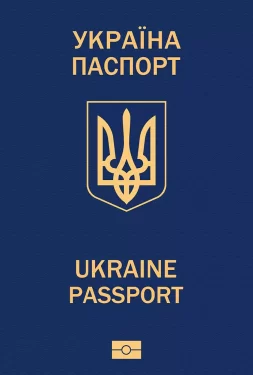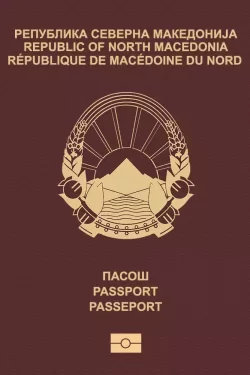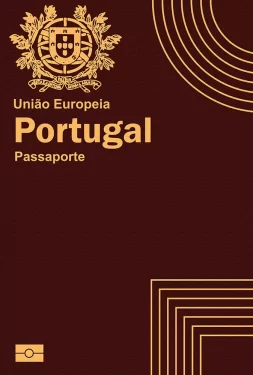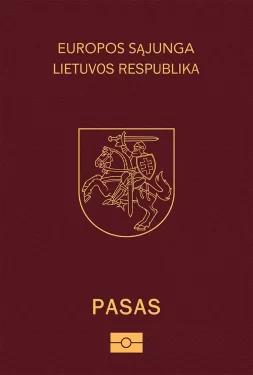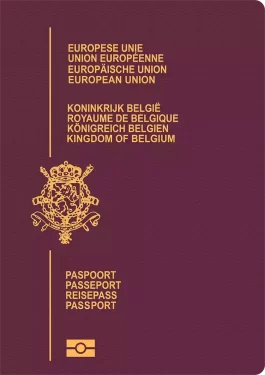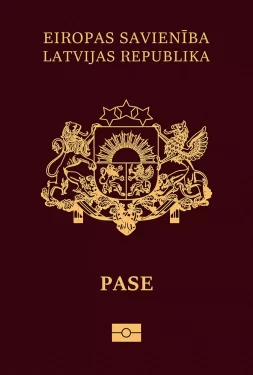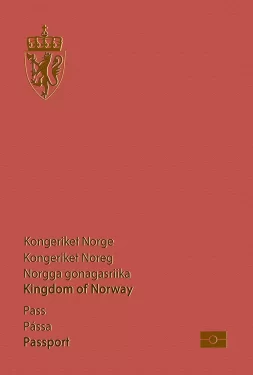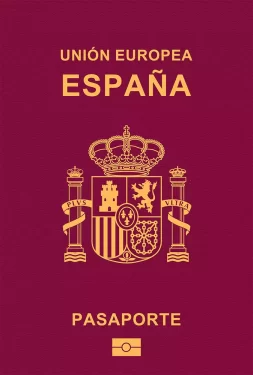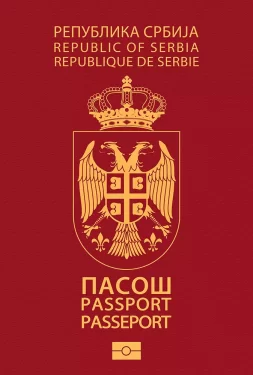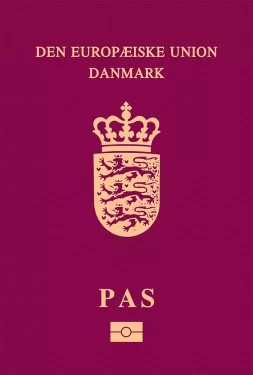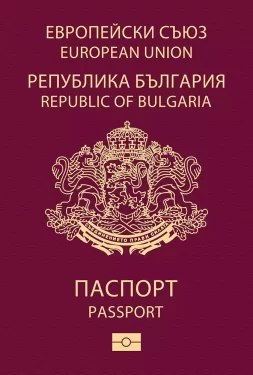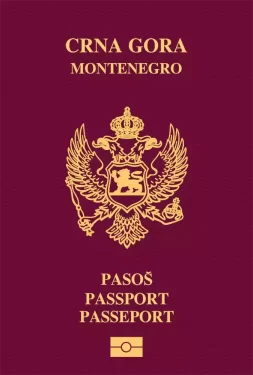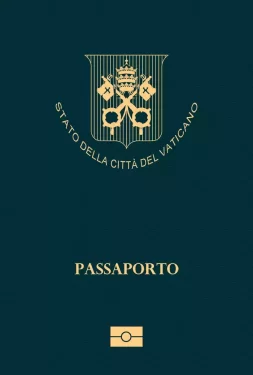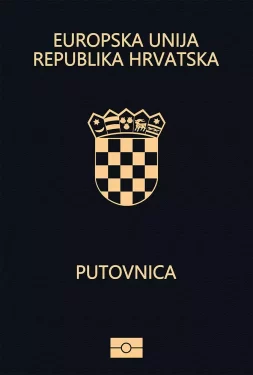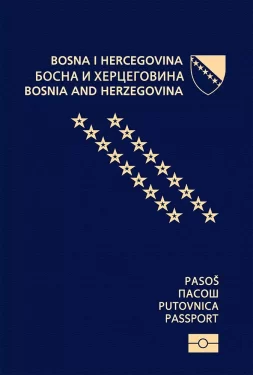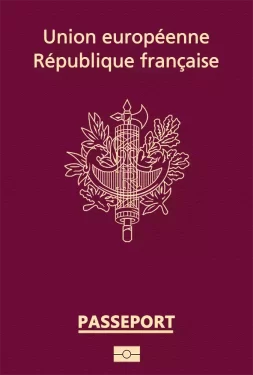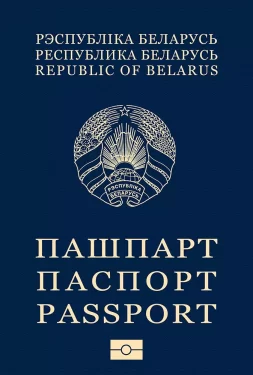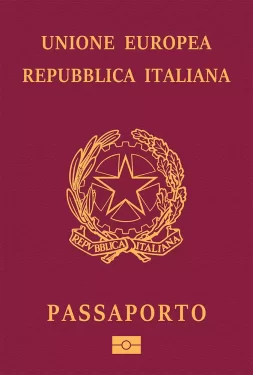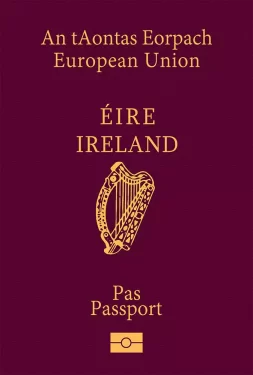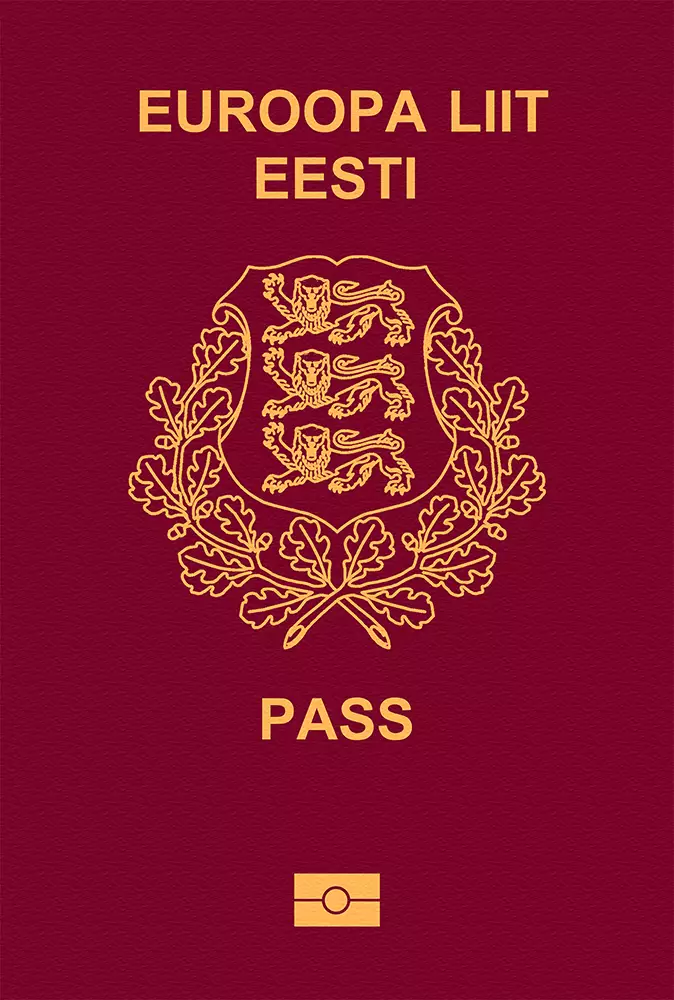
Estonia
Estonia passport ranking
The Estonian passport is currently ranked 10th place on the Guide Passport Index. It provides visa-free access to 185 countries. With a high mobility score it is one of the best ranking passports in the world. Estonian passport holders have visa-free access and visas on arrival to countries such as the United Kingdom, United Arab Emirates, Japan and the entire European Union. This allows almost instant travel opportunities worldwide. Estonian passport holders do however require a visa to enter about 44 destinations in the world. Some countries where a visa is required are China, India and Australia.
Estonia Passport Ranking
The Estonia passport ranking relative to other global passports is calculated by adding up the number of countries that allow Estonia passport holders to enter without a visa (i.e. visa-free countries) and those that allow Estonia passport holders to enter by obtaining a visa on arrival (i.e. visa-on-arrival countries) or an electronic travel authorization (eTA). There are currently a total of 142 Estonia passport visa-free countries, 32 Estonia visa-on-arrival countries, and 11 eTA destinations.
Altogether, Estonia passport holders can enter a total of 185 destinations—either without a visa, through a visa on arrival, or via an eTA. As a result, the Estonia passport ranks 10 in the world.
Separate from these Estonia visa-free countries and visa-on-arrival countries, there are 44 additional destinations which Estonia passport holders either need a physical visa to enter or an eVisa (i.e. visa required countries).
About Estonia
The Republic of Estonia consists of 15 counties and is part of the European Union. The most important counties are Harju, Tartu and Ida-Viru. The nation is one of the Baltic States bordering Latvia and Russia. Estonia is the 29th largest country in Europe with a surface area of 45,227 square kilometers. Its climate is maritime with moderate winters and cool summers. The terrain is marshy in the lowlands, hilly in the south and flat in the north.
The overall population is 1.3 million people, making it one of the least populous countries in the European Union. The capital of the country is Tallinn, which is also the most populated city with 437,619 inhabitants. Other important cities are Tartu and Narva. The largest airport is Tallinn Airport (TLL) with 3.2 million annual passengers. The airport covers domestic and international routes connecting Estonia to Europe and Africa.
Estonia’s culture is a blend of Nordic and European aspects influenced by Germanic traditions. There is a multi-national mix and over half of the population do not follow a religion. The official language is Estonian. The legal system is based on the Civil Law. The government type is a parliamentary republic. The chief of state is the elect President Kersti Kaljulaid and the head of government is the elected Kaja Kallas.
The official currency of the country is the Euro (EUR) with the current exchange rate being EUR 0.84 to the USD. The country has an open economy, generating a GDP of approximately $49.6 billion, which puts it on the 36th spot in Europe. Its citizens have a per capita income of $37,033. The GDP is mostly made up of 2 key sectors, which are services and industry. Some of the most important export products are wood, textiles, grain and vegetables.
Estonia has a variety of urban and natural historic tourism destinations. It attracts tourists for its unique culture and mix of heritages. There are 2 UNESCO world heritage sites in the country. Some of the main destinations include the capital Tallinn, Tartu, Lahemaa National Park, Parnu, the Narva Castle and Soomaa National Park. The nation has a total of approximately 3.8 million tourists visiting every year with the majority originating from Europe and its surrounding countries.
